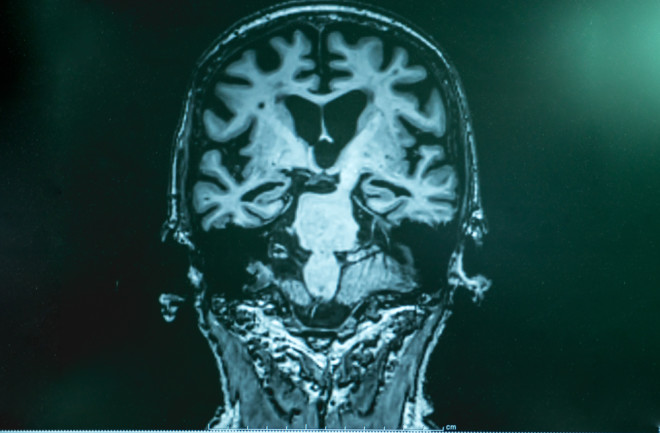In November 1901, a German railroad worker admitted his 51-year-old wife into a mental hospital in Frankfort. His wife, Auguste, had become unmanageable. Her odd behavior began in March when she accused him of having an affair.
She stopped caring for the house and it seemed like she no longer knew how to cook. She struggled to speak and write. She had trouble sleeping at night, and even the neighbors could hear her sobbing.
At the hospital, Auguste was under the care of Alois Alzheimer, a doctor who diagnosed her with “presenile dementia.” When she died in 1906, Alzheimer conducted an examination of her brain. He found the cerebral cortex had thinned. He also observed “senile plagues” and neurofibrillary tangles.
The History of Early Onset Alzheimer’s Disease
Neurofibrillary tangles were new to physicians in this era. At the time, they attributed senile plagues to older patients, not someone as young as Auguste. Alzheimer presented his findings, and the medical community began referring to dementia in younger people as “Alzheimer’s disease.”







